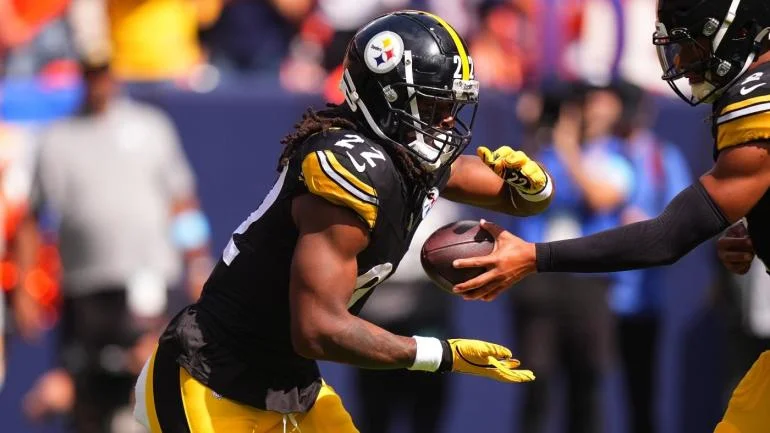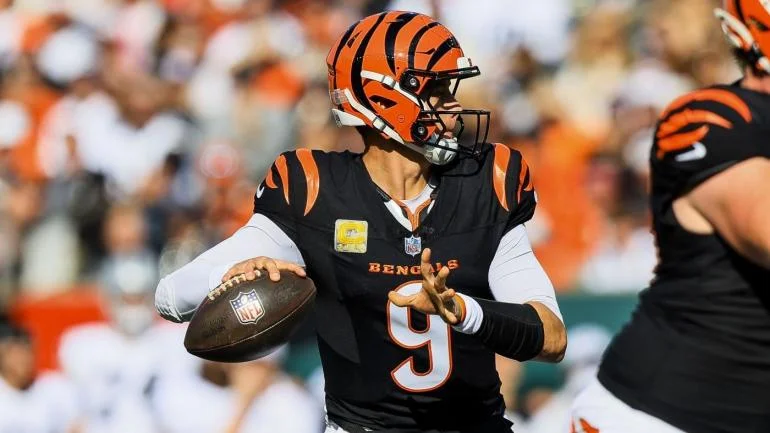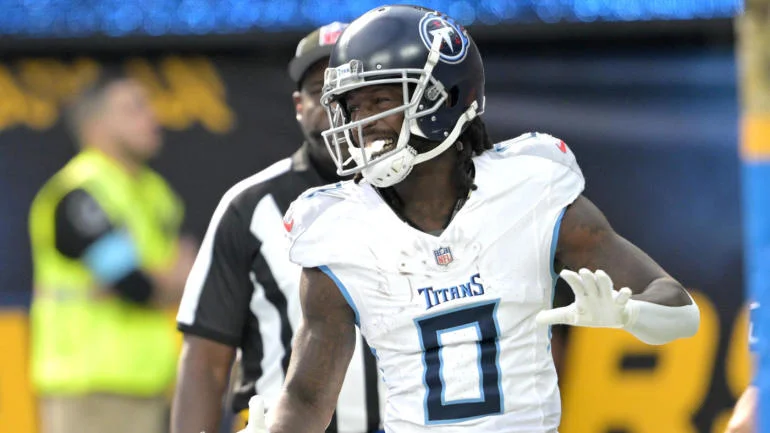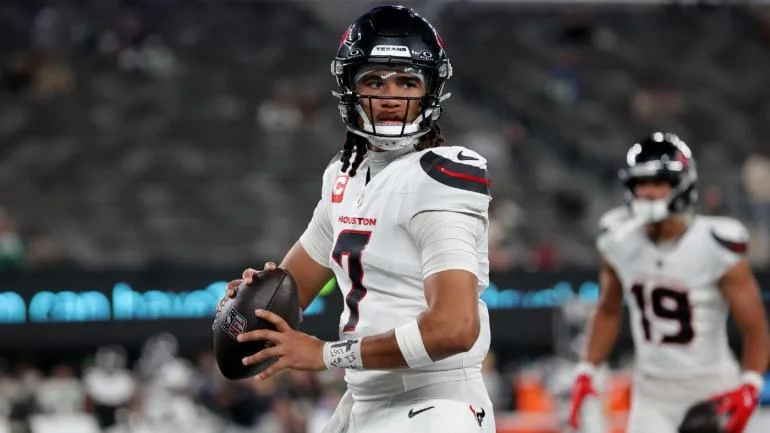DETROIT, MI – DECEMBER 02: Corey Davis #84 of the Western Michigan Broncos outruns the tackle of Javon Hagan #7 of the Ohio Bobcats after a first half catch during the MAC Championship on December 2, 2016 at Ford Field in Detroit, Michigan. (Photo by Gregory Shamus/Getty Images)
You’ll hear media draft experts hedge their bets and their evaluations on prospects all the time with the caveat: “his success may depend on where he lands.” And that’s certainly true. But a prospect’s “fit” with an organization is multi-faceted. It depends on team need, of course, the coaching staff and their system, and (an underrated aspect in my mind) the team leadership, particularly in his position group.
I’m going to try to wade through the positions and give my favorite fit, but I’ll be curious to hear yours in the comments below.
WR Corey Davis, Western Michigan
I’m higher on Corey Davis than most people — in my mind, he’s clearly the #1 WR in the class. I explained more reasons why in a post about underrated prospects. He’s big, strong, and outrageously productive. There’s a big jump from WMU to the NFL, but I still expect him to be a #1 WR for some team.
In my mind, Tennessee could be the best mutual fit to be that team. The Titans have picks at #5 and #18 and would be wise to select him at one of those spots. Immediately, Davis would step right in as the best WR on the roster.
The Titans have established an offensive identity — “exotic smash mouth” as coach Mike Mularkey calls it — but a top flight WR can still fit into that. Corey Davis has the size and strength to be an asset as a run blocker, and he’d provide them with a sturdy chain mover option and redzone threat. His long speed is a question mark (mainly because we don’t have a 40 time on him), but I happen to think he’ll be able to break long gains as well.
TE O.J. Howard, Alabama
Sitting at #10, the Buffalo Bills have a clear need for a secondary weapon across from Sammy Watkins — but no one said that had to be a wide receiver.
Corey Davis would be a great fit for the Bills (John Ross a little less so), but I’m here to argue a case for O.J. Howard in that spot. The Bills have a solid tight end in Charles Clay, but I always thought Clay would be best served as a jack-of-all-trades and moveable chess piece. Clay’s also had to play injured quite a bit, because the Bills’ depth at the position is weak.
With Howard, the Bills would have a pair of tight ends to move around the field, a la their division-rival New England Patriots: with Howard playing the more traditional in-line role of the two. Given that, Howard can help the Bills’ main focus stick with their running game, but can also slip off and create mismatches to help provide Tyrod Taylor some extra big plays down the field. Effectively, that’s what Howard did at Alabama.
WR Mike Williams, Clemson
Personally, I’d be hesitant to draft big Mike Williams in the top 20, but I have to admit he’d make an awful lot of sense for Baltimore at #16.
The Ravens have field stretchers in Mike Wallace (and hopefully young Breshad Perriman), but they find themselves lacking that physical presence that they had with Anquan Boldin and recently retired Steve Smith.
The large-bodied Williams can play that role well and provide Joe Flacco with a redzone target with an enormous catching radius. As great as Justin Tucker is, the team can’t advance far with only field goals.
WR Zay Jones, East Carolina
In that same article about underrated players, I mentioned Zay Jones as a player that I believe can be a #1 option in the right circumstance.
San Francisco, picking #34, would be that circumstance. The team’s lacking WR talent in a major way, so Zay Jones can help fill that hole.
Coming from a smaller school and stat-inflating system, Jones will need some time to develop, but that’s another reason why the 49ers make sense for him. Coach Kyle Shanahan is on a very long leash with his new 6-year deal and will have plenty of patience for a young kid. Veteran free agent Pierre Garcon (a small school prospect himself) would be able to help with that transition, given his familiarity with Shanahan and the new offense. Zay Jones may take a year or two to fulfill his potential, but he should be ready to be the #1 option by the time Garcon is winding down.
TE Jake Butt, Michigan
Originally considered a first-round talent before this year, Butt has suffered from an injury and the rise of some younger and more athletic tight ends in his class.
But the decline of his stock may be fortuitous if he can land with a team like Dallas in round 3. The Cowboys have drafted a few “heir apparent” tight ends for Jason Witten in the past (Martellus Bennett, Gavin Escobar) and the old man has out-lived them all on the roster. Still, Witten is 34 and turning 35 next month; he can’t play forever.
Given Butt’s injury, he may not be a contributor in 2017. But the Cowboys would have the ability to be patient here and play the long game, just like they did with LB Jaylon Smith last year.
With a year of seasoning and development behind Witten, Butt can step in a larger role in 2018 and ultimately take over for Witten one day. The Chargers had the same plan for Hunter Henry / Antonio Gates, and that looks to be working ideally for them. Butt doesn’t have the “star” potential of Henry, but he has the potential to be a solid all-around starter. Going to Dallas would help that cause quite a bit.
Other fits
I couldn’t find an ideal “fit” from a player + team perspective for some high profile guys like John Ross and David Njoku in the general area where they’re slated to go, but feel free to add your two cents on them or anyone else.




